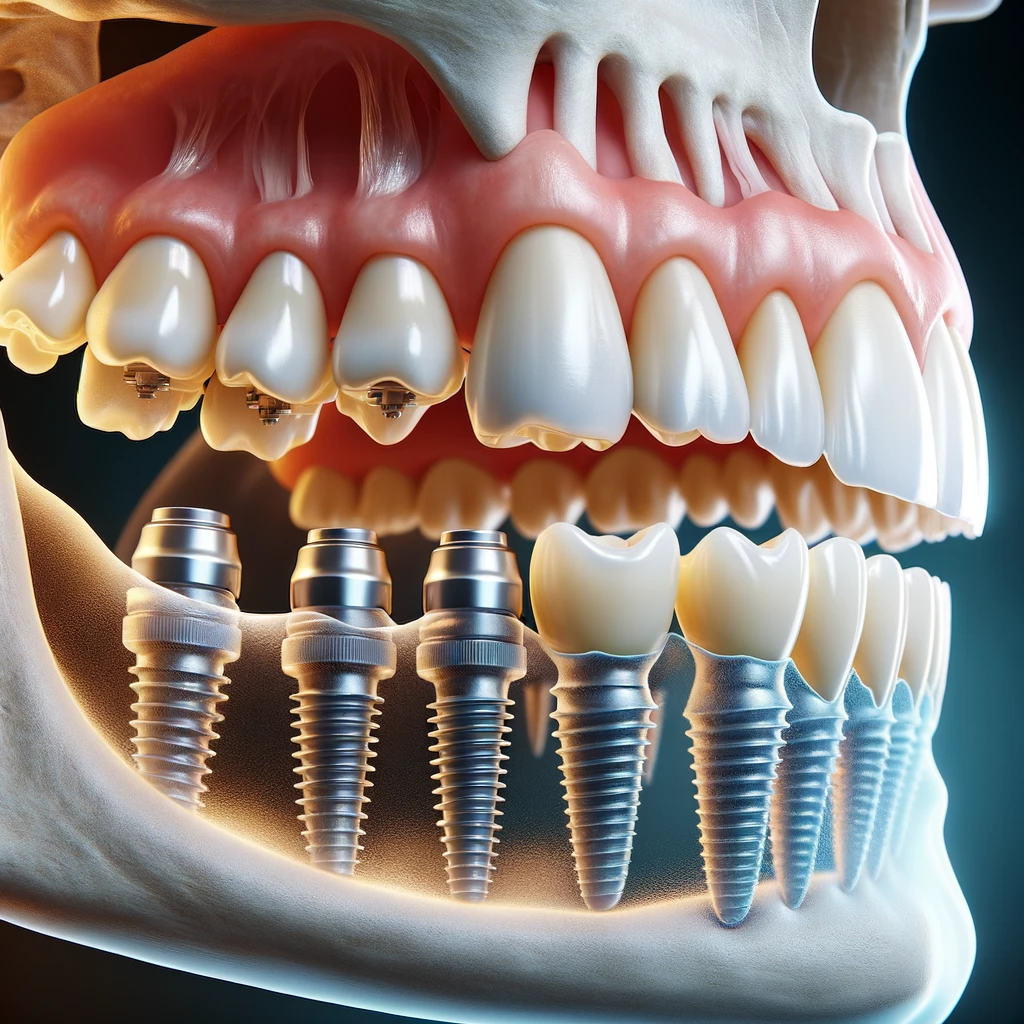A Biased View of Dental Sense
Table of ContentsOur Dental Sense StatementsThe Only Guide for Dental SenseSome Ideas on Dental Sense You Should KnowWhat Does Dental Sense Do?
are clinical gadgets operatively dental implanted right into the jaw to bring back an individual's ability to chew or their look. They give support for man-made (fake) teeth, such as crowns, bridges, or dentures. When a tooth is shed due to injury or disease, a person can experience difficulties such as fast bone loss, faulty speech, or adjustments to chewing patterns that cause pain.Oral dental implant systems are composed of a dental implant body and oral implant joint and may also consist of an abutment fixation screw. Wisdom tooth cavity. The dental implant body is surgically placed in the jawbone instead of the tooth's root. The oral implant abutment is typically connected to the implant body by the abutment addiction screw and extends through periodontals into the mouth to sustain the affixed synthetic teeth
(https://dentalsense1.creator-spring.com)Structure of The Oral Implant System selecting dental implants, speak with your dental supplier about the potential benefits and dangers, and whether you are a prospect for the treatment. Things to take into consideration: Your overall health and wellness is an essential element in identifying whether you are an excellent prospect for dental implants, how much time it will take to heal, and the length of time the dental implant might stay in location.
Smoking may affect the healing procedure and reduce the long-lasting success of the implant. The recovery process for the dental implant body might take numerous months or longer, during which time you commonly have a short-lived abutment in place of the tooth. the oral implant procedure: Carefully adhere to the dental hygiene guidelines provided to you by your oral provider.
Dental Sense Can Be Fun For Anyone
Implant failure can result in the requirement for an additional operation to fix or replace the implant system. Restores the ability to chew Recovers cosmetic look Helps maintain the jawbone from diminishing due to bone loss Preserves the health and wellness of the bordering bone and periodontals Helps maintain nearby (neighboring) teeth secure Improves lifestyle Damages to bordering all-natural teeth during implant placement Injury to the surrounding tissues throughout surgery, such as sinus opening Injury throughout surgical procedure (for instance, fracture of surrounding jawbone) Inadequate feature, such as seeming like the teeth do not bite together usually A feeling that the tooth hangs or turning in location arising from an abutment screw loosening Implant body failure (looseness of the dental implant body) because of systemic infection, which may be most likely in individuals with uncontrolled diabetes mellitus as a result of regional infection in bone and periodontals sustaining the implant body as a result of postponed recovery, which may be more probable in people that smoke Problem cleaning up the gums around the dental implant, resulting in bad oral hygiene Untreated periodontal condition Post-surgical feeling numb as a result of nerve impingement or damages Constantly alert healthcare companies and imaging technicians that you have oral implants before any magnetic vibration imaging (MRI) or x-ray treatments.
FDA is not familiar with any unfavorable occasions reported for MRI or x-ray treatments with dental implants. Dental implants systems are usually made from products that adhere to global agreement requirements of the International Company for Standardization (ISO) or ASTM International. These requirements have information of what makes a secure product.

A dental implant is a structure that changes a missing out on tooth. With screw-like devices, the cosmetic surgeon inserts a dental implant right into the jawbone, and it works as an anchor for a man-made tooth, called a crown. A device called an abutment attaches the synthetic tooth to the oral implant. The crown is customized to fit the person's mouth and match the shade of their teeth.
Unknown Facts About Dental Sense
Some individuals are not qualified for dental implant surgery. It is for oral cosmetic surgeons to operate people with: intense illnessuncontrollable metabolic diseasebone or soft cells disease or infectionIf these concerns are fixed, an individual can have the surgery. In, oral doctors avoid operating individuals with: If individuals with any of the above undergo oral implant surgical procedure, there is a higher danger of the implant stopping working.

Dental dental implant surgery is an individualized procedure. It's not the very same for everybody. The following provides a basic introduction of what you can expect your dental expert, oral cosmetic surgeon, periodontist or prosthodontist to do: Place the implant surgically. Give you time to heal. Affix the post and last crown, bridge or denture.
Next, your doctor will carefully place the dental implant into your jaw. If your implant is near the front of your mouth, your dental practitioner will make a temporary tooth for you to put on until you recover.
Get This Report on Dental Sense
Your supplier can inform you what to expect in your circumstance. During the recovery phase, your jawbone should fuse to the dental implant. This process, called osseointegration, is crucial for stability and long-lasting success. This procedure can take anywhere from three to 9 months. In some cases, it may take much longer.
Once your dental implant heals, your dental professional can connect the joint (tiny connector blog post) and your last restoration (crown, bridge or denture). This generally takes about one hour to finish and might require a 2nd small surgery. You should not really feel any kind of discomfort during your dental implant procedure due to the fact that your service provider will certainly utilize medicine to numb your gums.